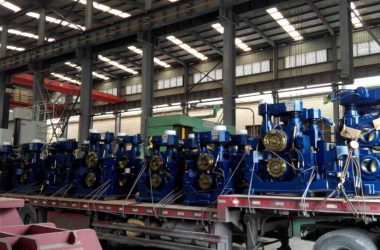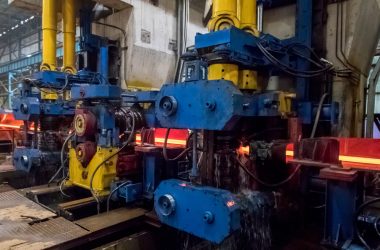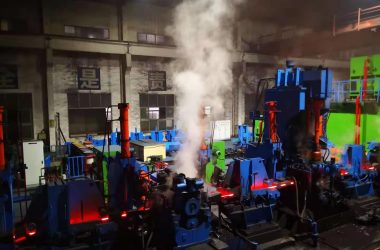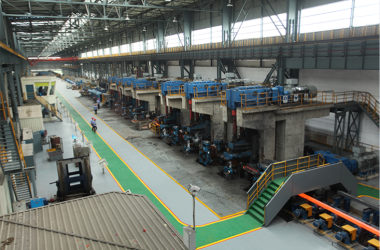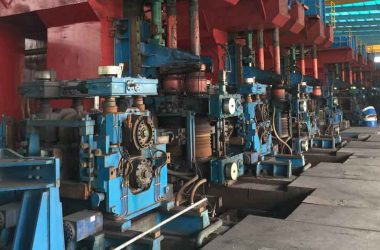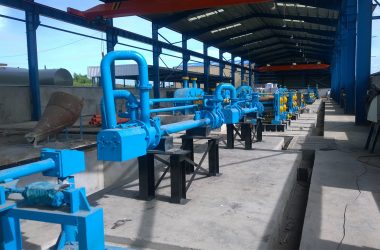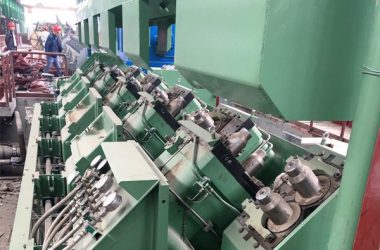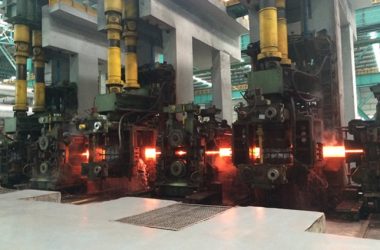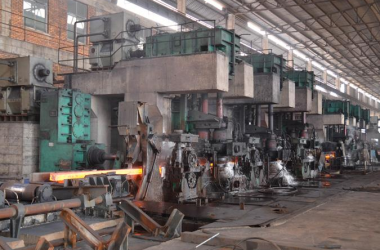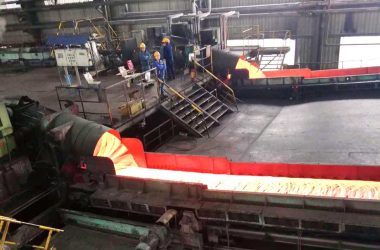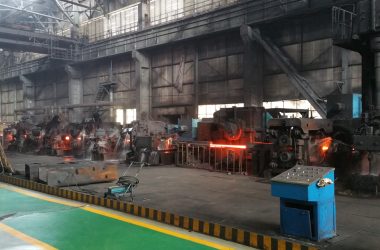News
Rolling mills are becoming more and more important in modern industrial production. As producers and users, we all need to constantly learn about it. This will enable our rolling mill to play a better role. In the case of transportation and storage, we should also protect the rolling mill so as not to affect its performance. Let’s take a look at some related content.
Hot rolling can significantly reduce energy consumption and reduce costs. When hot rolling, the metal has high plasticity and low deformation resistance, which greatly reduces the energy consumption of metal deformation. Hot rolling can improve the processing performance of metals and alloys, that is, the coarse grain of the cast state is broken, the crack healing is remarkable, the casting defects are reduced or eliminated.
In the production of general rolling mills, continuous casting billets are used. During continuous casting and rolling, because the temperature of the continuous casting slab is very high, it is not recommended to use the traditional heating process. Otherwise, it will not achieve the purpose of energy-saving, increasing production and reducing consumption, but also increase oxidative burning loss and increase the scale, which will make the grains be coarse and even overheated.
Those who has a certain understanding of the steel rolling industry must know that the working environment in which the rolling mill is located is generally in a relatively harsh condition. Therefore, various problems may be encountered in the work. Today, in order to help users and friends to better use the rolling mill and complete the production work, the professional rolling mill manufacturers will analyze some common faults……
Recent years, regenerative combustion technology has been widely used in heating equipment. Compared with the heating furnace without waste heat recovery, the regenerative heating furnace can save more than 40% energy. However, the investment cost is high, and there is the concept of saving energy without money saving. Recently, double regeneration (preheating gas and air 1000℃) technology is recommended.
50,000-300,000 tons of rebar and wire rod production line is the most popular steel production line, whose finished product size is 8-32mm, and the final product can be ordinary carbon steel, high-quality carbon structural steel, low alloy steel; the designed annual production capacity is 50,000-300,000 tons, and the maximum line speed of finishing mill is 5 -16m/s.
The rolling mill adopts the U-shaped double-column frame, but the frame does not bear the rolling force in the vertical direction, it only needs to bear the horizontal impulse when the rolling stock bites in and out and the horizontal component during rolling. Therefore, it can be designed into the light section structure, and the frame is positioned by the side of the bearing seat, which has a large bearing area and improves the stability of the rolling mill during rolling.
The heat treatment of steel rolling mill equipment is a process for changing the microstructure and properties of solid steel materials through certain processes such as heating, heat preservation and cooling. Compared with other rolling mill processing technic, the heat treatment of rolling equipment does not change the microstructure inside the workpiece or change the chemical composition of the workpiece, giving or improving the performance of the workpiece.
The rebar and wire rod mill water-through cooling technology has transformed the original traditional process of the bar and wire mill, abandoning the traditional method of increasing the steel strength by increasing the alloy content of the steel. Adopting the POMINI technology, its advantages are outstanding, production is stable, the automation system is reliable, and the accident rate is basically zero.
The advantage of hot rolling is that it can eliminate certain defects in the cast metal, such as welding pores, refining coarse grains and changing the distribution of inclusions, so that the compactness and mechanical properties of the metal are improved.
An operation in which steel is heated above a critical point or recrystallization temperature for a period of time and then slowly cooled to a cooling rate less than that in still air is called annealing.
Send Inquiry
Contact info
Address
NO.67, Gaoxin Road, Xi’an 710075,
Shaanxi Province, China
Email Us
Call Us
+86-29-8536-7200
